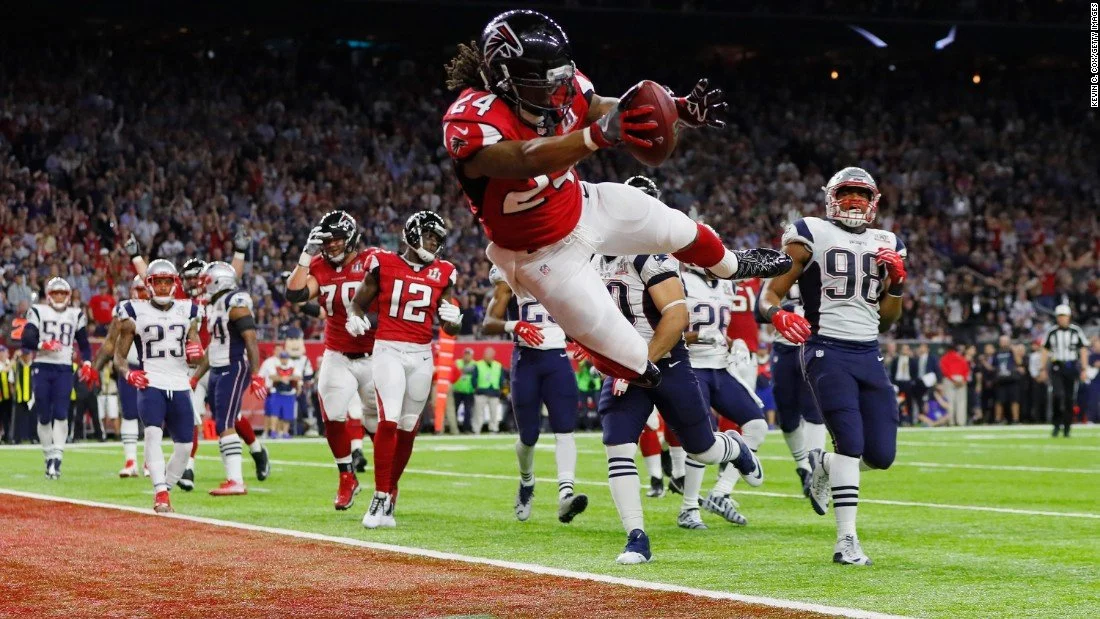The NFL’s Draft System: To Draft or not to Draft?
The countdown is on to the 52nd Super Bowl showdown: the commercial climax of the NFL’s calendar. To some of us on this side of the Atlantic pond, the NFL is a somewhat alien concept. A certain quirk of this sporting institution, which is prevalent in other US sports, is particularly alien to most Europeans: the draft system. Rather uncommon in the European sporting sphere, where the traditional transfer system triumphs, the American draft system, in particular the pre-season entry draft system, aims to eliminate the monopolisation of the sporting league by providing that the least successful team from the previous season gets first pick from the best of the emerging talent. So in a theoretical draft-orientated English Premier League, last year’s bottom-side, Sunderland, could enhance their midfield by maximising their first pick to choose an Eden Hazard equivalent, perhaps? Indeed, such a system, in theory at least, guarantees a level bargaining power amongst all recruiting clubs by ensuring the equal distribution of talented young players across all clubs. This is exemplified by the fact that reigning Super Bowl champions, New England Patriots, have not secured a first pick since 1993 when they signed quarterback Drew Bledsoe from Washington State College. Instead, Cleveland Browns had first pick last year, a contrast which highlights that the draft system offers less successful teams the opportunity to enhance their squad to compete with their prolific rivals. Indeed, the idealistic levelling of such a playing field fulfils the system’s objective to eliminate competition amongst recruiters; yet, in contrast, the system undermines certain legal rights of the draftees, specifically the freedom of movement. Whilst travelling around the globe to compete in Open championships may be a far cry from a typical 9-5 office job, professional sports persons are no different to an office employee as both enjoy the same employment rights as workers. Yet, due to the cultural benefits stemming from it, sport is treated as an exception to the legal rule: an exception which extends into the employment domain, and is no more so apparent than in the draft system. From a player’s perspective, there exists an element of restraint of trade as the system violates the concept of a free labour market by limiting a potential draftee to negotiate a contract with only the team that has drafted him. So if a player rejects the offer from a recruiter, he is refused further admission to the system that year and is forced to wait until the following season. This may have severe repercussions for the player as, in light of no further affiliation with a college, his profile could slip under the recruiting radar, rendering his chances of being drafted the following year as rather low. This is a blatant undermining of the freedom of contractual choice: an inhibition which, needless to say, would not be tolerated in “conventional” workplaces where new employees are entitled to seek employment wherever a new job opportunity may arise, subject to conditions regarding notice periods. Yet, the restrictions do not stop there. Further restrictions include how old a drafter must be before they are eligible to be drafted, and how much money they can earn due to NFL collective bargaining agreements, which severely limit the salaries of the young players. However, it is these bargaining agreements between the league and, ironically, the labour unions representing the players, which facilitate such degrading draft systems. This demeaning aspect of the system was emphasised in the case of Flood v. Kuhn where a baseball player expressed the striking view that “I do not feel I am a piece of property to be bought and sold irrespective of my wishes.” As disappointing as it is to say, however, players continue to be treated as so; as a commercial commodity bought and sold by clubs, without any consideration of the player’s interests or personal preferences. Yet, it is this commercial element of the draft system and, arguably, the NFL as a whole which disguises the demeaning nature of this system. The upcoming Super Bowl is expected to attract viewership of a staggering 115 million people in the US alone. How many of those viewers consider the method in which their sporting icons are hired or consider the manner in which the supporting of such events is indirectly the supporting of such degrading treatment? Very few, I imagine. Irrespective of such views, the system continues to thrive on the legal exception bestowed upon the cultural medium of sport. Yet, for those of you brave enough to stay up into the early hours of February 5th, consider the following question: to draft or not to draft?


